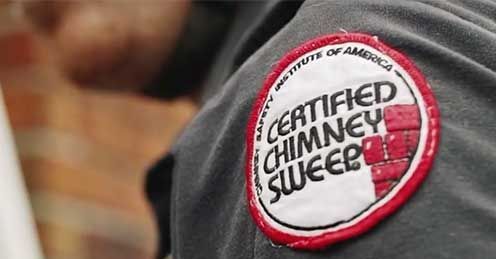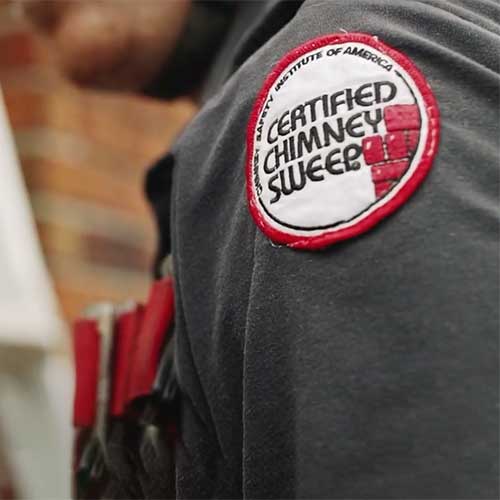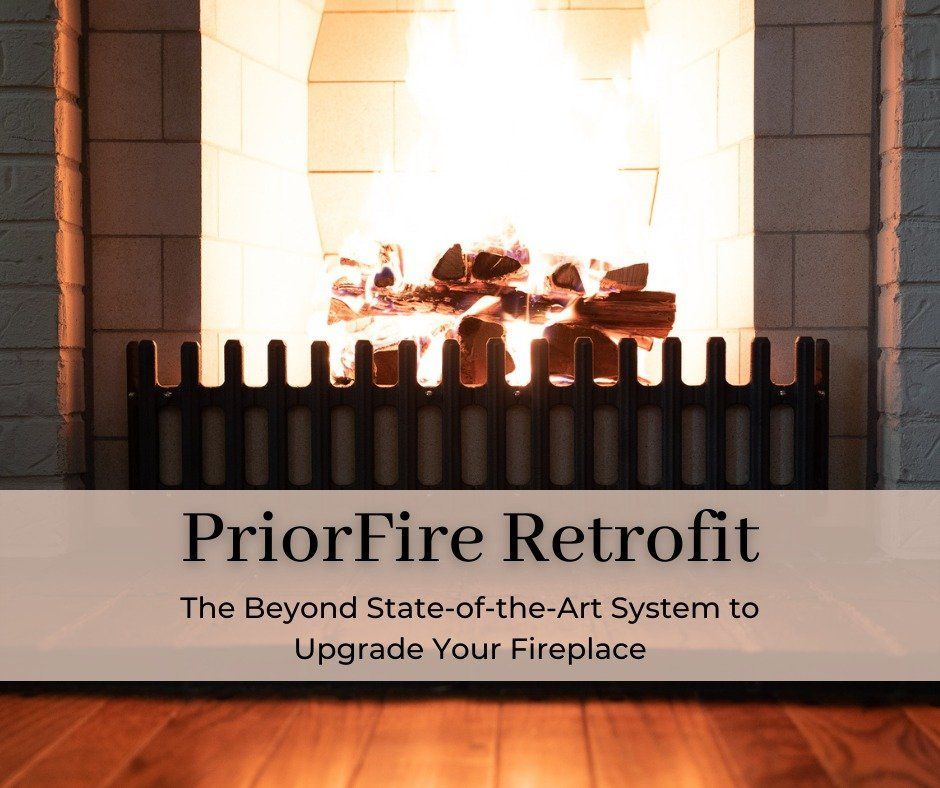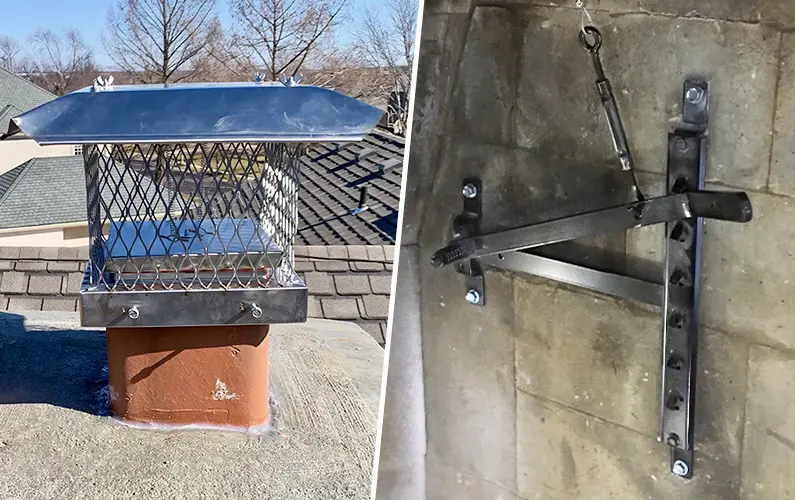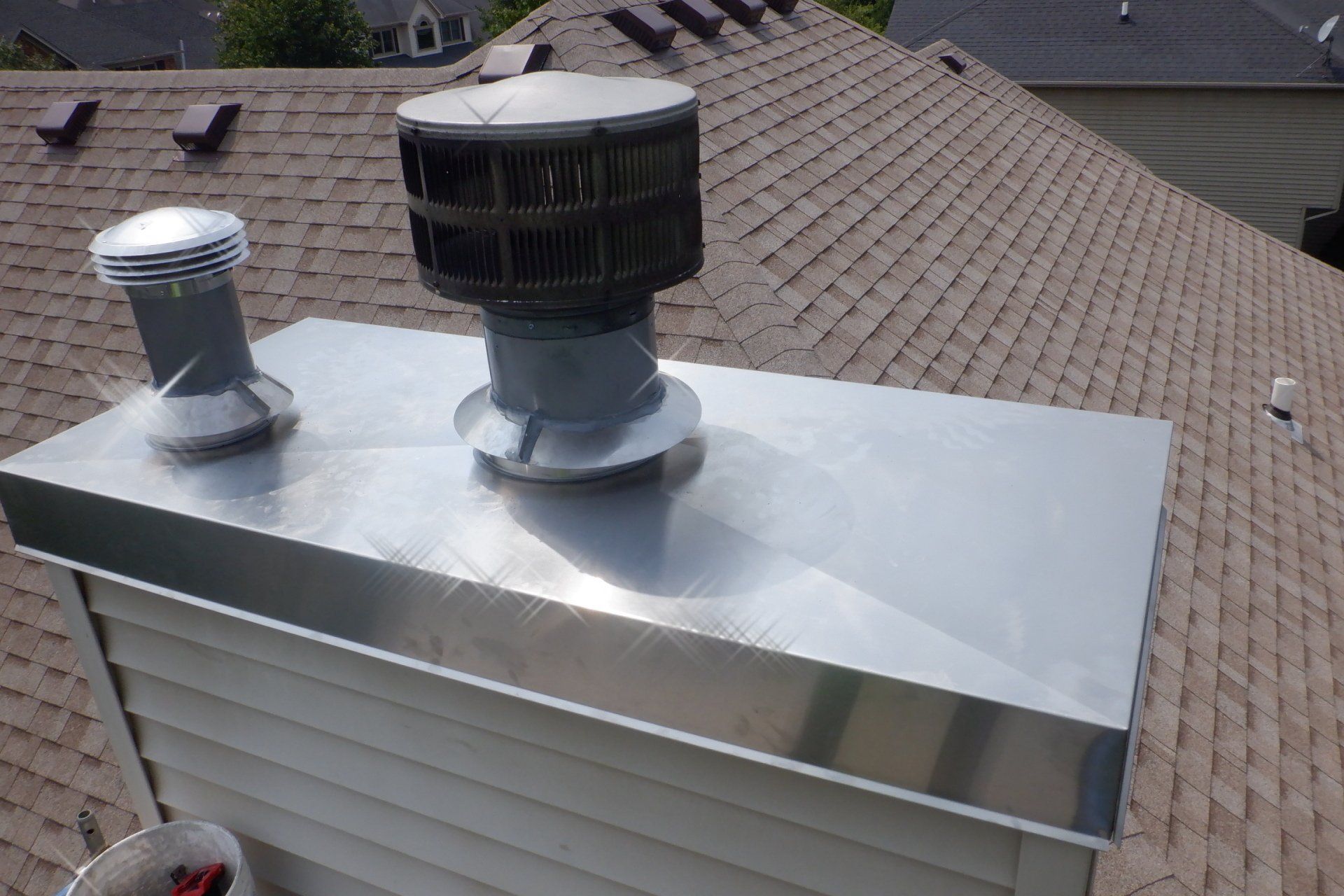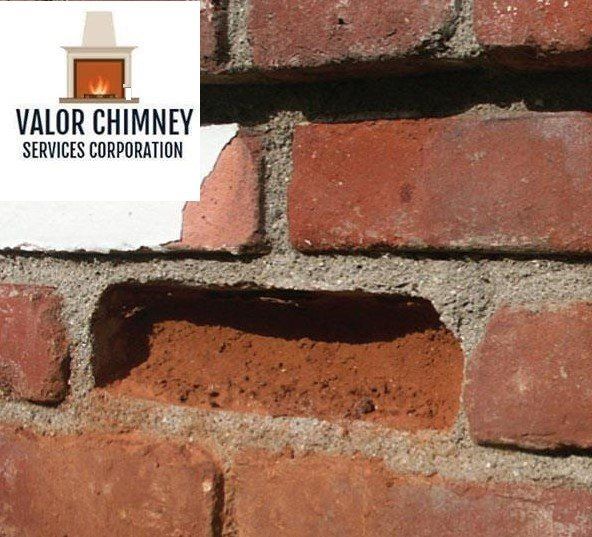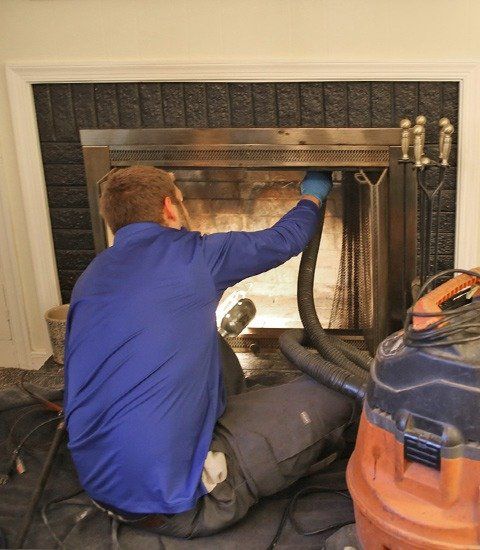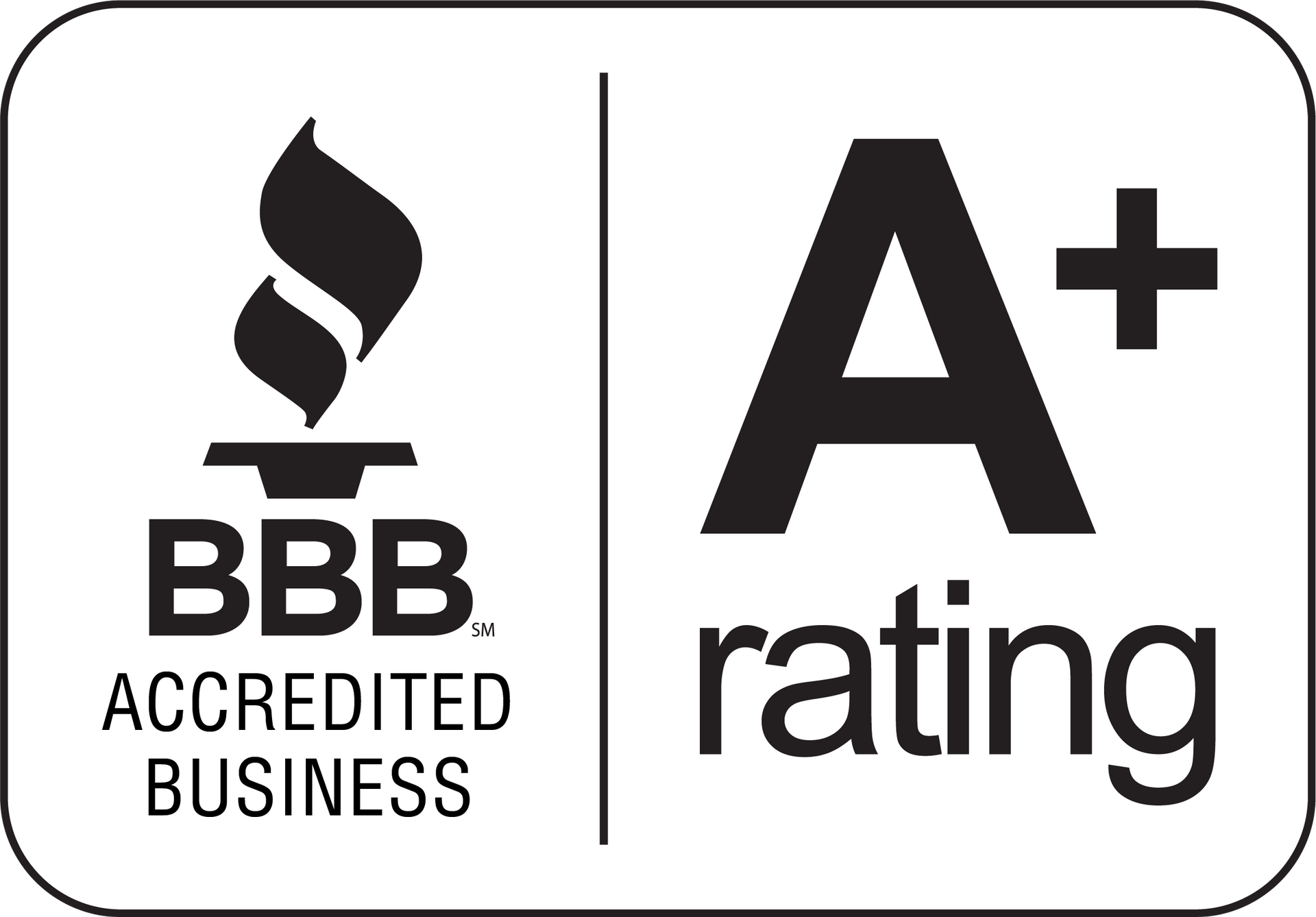Deterioration of Bricks and Mortar Joints.
A brick chimney can give a home a traditional, classic look that many homeowners enjoy. However, a brick chimney requires a great deal of maintenance to keep it in good condition. On some occasions, your chimney may experience a problem that affects its appearance or structural integrity. These issues should be addressed as quickly as possible to ensure that they do not develop into more serious concerns.
Brick fireplaces should be repaired by an expert knowledgeable in chimney masonry. A certain type of mortar should be used to withstand heat and the elements. A fireplace chimney can be waterproofed to help avoid damage due to rain and heavy storms. Fireplaces should be inspected periodically to ensure that they are safe for use and cleaned by a professional when necessary.
Over time, the bricks and mortar joints in most chimneys begin to deteriorate. Unfortunately, chimney deterioration is a natural process due to exposure to the elements, such as rain, snow, ice and winds. These elements can impact the chimney from all directions, so deterioration is often inevitable. In addition, deterioration may occur as a result of the cold external temperatures causing the bricks to contract while the warm temperatures from inside the fireplace cause it to expand. Movement occurs as the bricks shift back and forth, which may lead to deterioration. To help prevent deterioration, see that the chimney's crown, liner and rain cap are installed properly and in good condition. Get your chimney inspected regularly as well so you can have problems fixed as early as possible.
Spalling Bricks.
In some cases, you may notice that the surface layer of the bricks in your chimney have begun to flake off. This type of deterioration is known as spalling and typically occurs as the result of moisture in the bricks freezing and thawing. The bricks in the chimney may become saturated with moisture from rain or snow, and the water inside the bricks often freezes during the winter months. The frozen water inside the brick expands slightly and the brick begins to crack. The bricks freeze and thaw repeatedly, continuing the process until the front of the brick begins to flake off. To prevent spalling, the bricks used on the outside of a chimney are usually harder and less likely to absorb moisture. However, in some cases, a softer brick is accidentally placed on the outside where it is vulnerable to moisture issues. A brick chimney may also experience spalling if a severe problem with water intrusion occurs.
Cracked or Leaning Chimney Stack.
Most old stacks lean or curve slightly. If you are concerned, ask for advice from a structural engineer or surveyor. A chimney which leans excessively, and certainly one which is cracked, needs urgent attention. Strong winds can cause such a chimney to fall and this will usually damage the roof and can cause death and injury to anyone below. Remember that a stack is typically two meters high and is very heavy.
Dampness in Chimney
.
A damp chimney will stain the ceiling and the chimney opening, as well as walls around the fireplace. This could be caused due to a number of factors that trap moisture, mainly, porous clay bricks, unvented flue, rainwater, etc.
Falling Debris.
Bits of brick or mortar debris falling down the chimney flue indicates a decay in its structure. The debris could be small pieces of brick, sand, tar or soot or lumps of mortar. This problem can be easily fixed by patching or replacing old broken bricks, and re-tarring the flue.
https://www.valorchimney.com/

